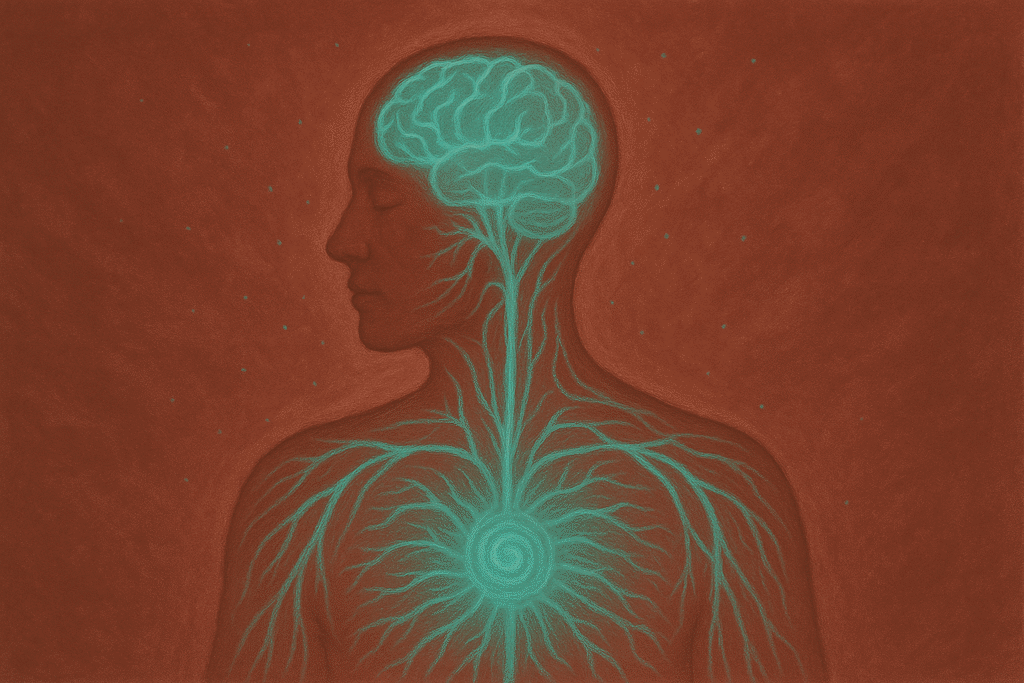Understanding the inner workings of the nervous system is crucial for its regulation. The autonomic nervous system (ANS) is a complex system that includes the parasympathetic nervous system (PNS) and the Sympathetic nervous system. The PNS is responsible for creating ‘rest and digest’ conditions within the body and regulating functions such as lacrimation, defecation, and urination. On the other hand, the Sympathetic nervous system triggers the ‘fight or flight response’. Being stuck in a sympathetic or dorsal vagal state can manifest in various ways, including hypervigilance, dissociation, social anxiety or isolation, struggles with transition or changes in routine, poor sleeping, eating, or toileting, avoidance, frequent emotional upset, and disruptive behaviors. To effectively discuss nervous system regulation and the various therapies used to achieve this, it’s essential to understand the role of Vagal nerve stimulation in the process.
The Vagal Nerve, also known as The Wanderer, is a fascinating part of the parasympathetic nervous system. It is the tenth and twelfth cranial nerve, comprising 75% of your parasympathetic nerve fibers. This nerve plays a vital role in our involuntary and motor functions, as it sends information to the digestive tract, lungs, heart, spleen, kidneys, and many other parts of the body. Given its direct communication with our vital organs, it’s no surprise that it becomes the central focus of our targeted sound therapy practice.
Now, let’s explore some of the ways you can stimulate the Vagal nerve and regulate the nervous system with vibrational therapies. Sound healing, music therapy, vibro-acoustic, and brainwave entrainment therapy, to name a few. All of these practices utilize frequencies to target various parts of the body, which naturally hold their own frequencies. Combine this with intention and proper placement, and you have ‘really good healing, ‘ a philosophy coined by our friend Chaz, a respected practitioner in the field of sound therapy. This philosophy emphasizes the effectiveness of these therapies in promoting a calm, regulated nervous system. A deeper dive shows that when we listen to music, sound waves travel through the air and cause our eardrums to vibrate. The Vagal nerve transmits these vibrations to the brain. Once in the brain, these vibrations can trigger a range of changes throughout the body, including a reduced heart rate, lower blood pressure, improved breathing, decreased levels of stress hormones, a brighter mood, enhanced sleep, and faster recovery. Which aspects did we learn about earlier that are tied directly to the Vagal nerve as part of our parasympathetic system? So for all you practitioners out there, keep up the great work! And for anyone who has never been to a sound bath, is thinking of trying an alternative therapy like the ones we’ve discussed to assist with whatever you’ve got going on in life – I encourage you to do so.




